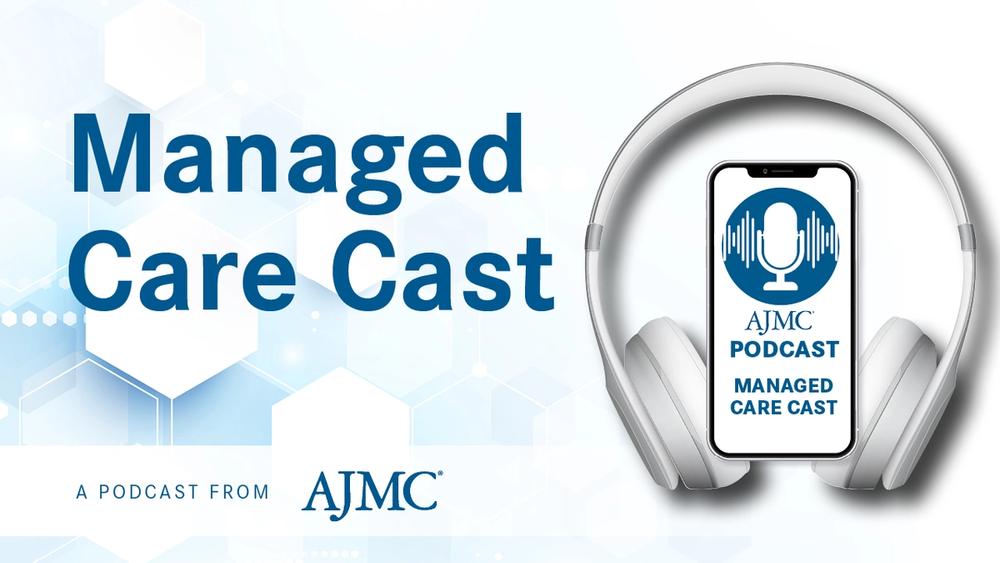Commentary
Video
Delays, Disparities in gMG Diagnosis Among Minority Patients: Marla Black Morgan, MD
Author(s):
Marla Black Morgan, MD, with Phoebe Neurology Associates, presented findings on a study into the diagnostic journey of patients with neuromuscular conditions who have rare diseases at the 2025 American Academy of Neurology annual meeting.
At the recent American Academy of Neurology annual meeting, Marla Black Morgan, MD, neurologist with Phoebe Neurology Associates, in Albany, Georgia, presented “The Path to Diagnosis and Treatment Among Patients With Generalized Myasthenia Gravis (gMG): Health Disparities Experienced by Racial and Ethnic Minorities From Project ASPIRE (eliminAte diSparities and Promote equIty in Rare diseasE).”
The spark for this investigation was initial research on Morgan’s part, showing distinct differences in the journeys of her patients with certain neuromuscular diseases, including recruitment of patients who are in underrepresented groups into clinical trials. From there, a deeper investigation began, looking at the diagnostic journey of patients with neuromuscular conditions who have rare diseases.
This transcript has been edited for clarity; captions were auto-generated.
Transcript
How are health care challenges amplified for racial and ethnic minority patients who have gMG?
Generalized myasthenia gravis is considered a rare disease, as is neuromyelitis optica, or NMO. This portion of the ASPIRE project looked at those patients with generalized myasthenia gravis and looked to see what has their diagnostic journey been. What was your life like that led to your seeking evaluation for your symptoms? What was your journey like after you entered the medical care system? How long did it take you to get diagnosed? [We] looked at that from a patient standpoint, and we queried physicians and advanced practice practitioners to see, from their standpoint, what are perceived barriers.
In some cases, we identified some differences from a racial and ethnic minority standpoint, some differences gender-wise, and we looked at factors regarding your location and to see if that had an impact on your journey, as well as your insurance coverage, to see if there were some economic factors that were leading to some of the differences that we were able to uncover.
It's a small sample size because it's a rare disease, and so some distinctions were not able to be seen—for instance, with regard to geographic location—but we were able, even with a smaller size, to demonstrate some of those differences with regard to racial and ethnic minorities and with regard to gender. We not only sought to identify the problem but [also] to get some input from the patient perspective and from the health care professional standpoint about what can we do to help mitigate some of these differences that we're seeing.
What are some of the important findings you would like to highlight, and were any of your results surprising?
Probably the most glaring difference that we saw was really in that time to diagnosis. There is a distinct difference with regard to White patients vs patients in racial and ethnic minority groups. We were able to capture information to determine the time from when you had symptoms to when you sought care. We were trying to determine: was it that patients waited longer in a certain minority group before entering the system and entering that process? And we did not see a difference in that particular metric in terms of from the time patients had symptoms until the time they sought evaluation. That was nearly identical in the groups.
Where we saw the distinct difference was from the time that you saw a physician about your symptoms until the time the diagnosis was made, where there was almost, on average, a 4-month difference. When we say numbers, and we spout out the numbers, “Oh, it's a difference of 18.6 months vs 14.5 months,” sometimes you miss the whole: that's 4 months of symptoms that a patient will have to endure before the diagnosis is made.
Generalized myasthenia gravis is a treatable disorder. You have patients who have had symptoms for that extended period of time, and that was a difference that was there. I had perceived that with my practice, that there was a difference in terms of the time to diagnosis, and I thought that more of the factors were logistical, honestly, because I serve in a smaller community in South Georgia, not at a tertiary or academic center. And so it surprised me that even after patients enter the system, there was that difference.
Since I have a fair number of myasthenia gravis patients, I do understand that their stress and anxiety level is higher, but we were able to demonstrate, again, in racial and ethnic minorities that from the patient's perspective, when they rate their journey as very stressful or stressful, that a larger percentage of those patients in racial and ethnic minority groups rate their journey that way. Then, if you look at the top category of very stressful, it was almost double the percentage in racial and ethnic minority groups vs White patients.
What we also saw is there was a difference in the number of providers that patients will see. In this particular group, we found that patients saw, in some cases, nearly 5 providers before the diagnosis was made—and that was shocking to me. I think that if you have some difficulty getting to a neurologist, that may hold up your diagnosis, but patients commonly will tell me, “I saw my primary care doctor, I saw an ophthalmologist, I've seen a rheumatologist, I've seen another specialist before I made it to a neurologist where we could confirm that diagnosis.”
Really, the length of the journey, the differences from the time a patient saw a practitioner to making the diagnosis, and just the extent of how very stressful this is for patients were 3 of the factors that surprised me.














